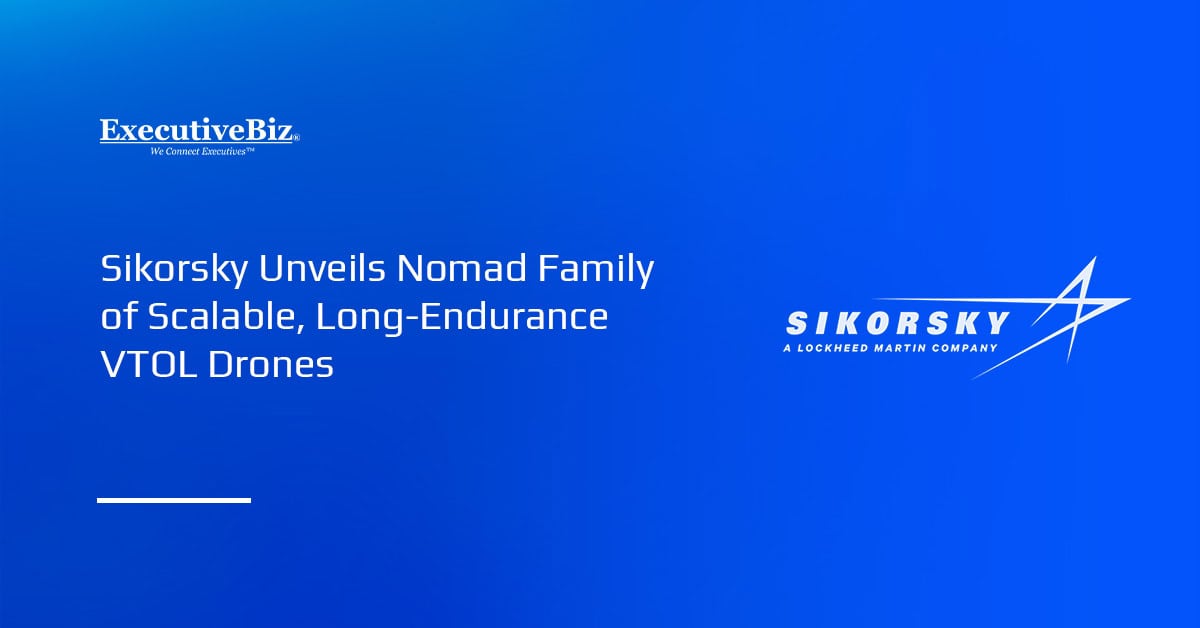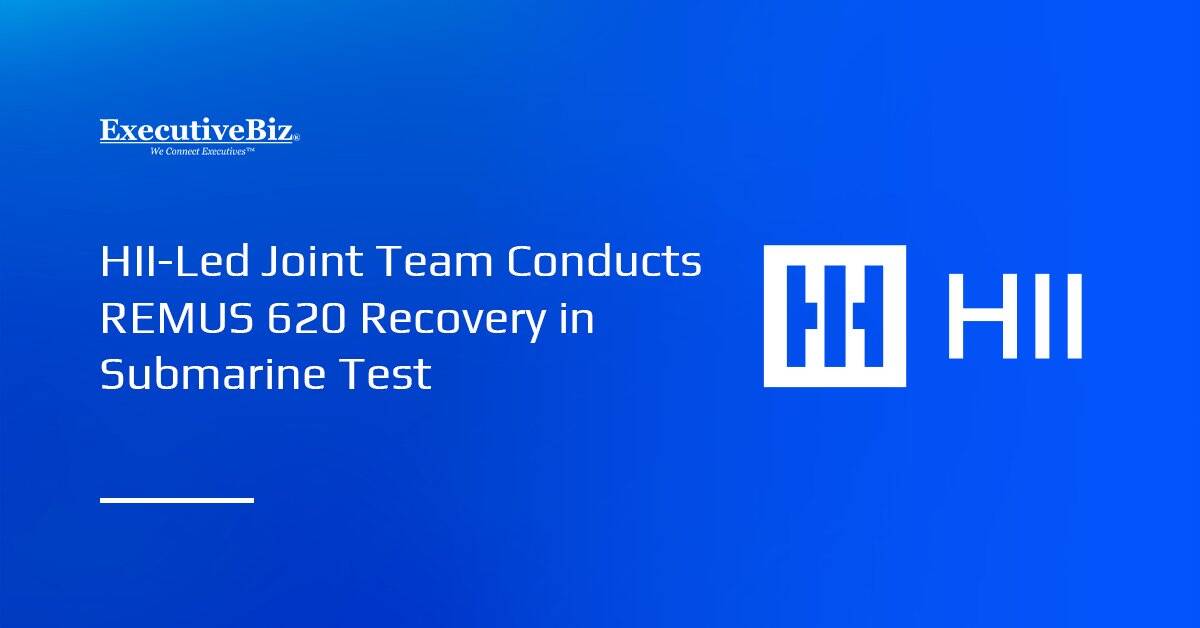Sikorsky, a Lockheed Martin company, has introduced its Nomad future family of aircraft, a new generation of vertical take-off and landing uncrewed systems designed for extended-range and runway-independent operations across multiple domains.
In March, Sikorsky achieved a key milestone with the extended flight test of the 10.3-foot wingspan Nomad 50 prototype, Lockheed said Monday. Sikorsky is now assembling the Nomad 100, a larger Group 3 aircraft with an 18-foot wingspan, expected to complete its first flight in the coming months.
Scalable Design for Land and Sea Missions
The Nomad series is built around a twin proprotor, rotor-blown wing configuration, merging helicopter agility with airplane endurance. This design allows the aircraft to take off, hover and land vertically, while transitioning to efficient wing-borne flight for long-distance missions.
Engineered for versatility, Nomad drones can be scaled from small Group 3 platforms to Group 4 and 5 systems, depending on operational needs. The aircraft predominantly feature hybrid-electric propulsion, while larger models will incorporate conventional drivetrains to increase range and payload capacity.
The Nomad family is designed to be adaptable, runway-independent and capable of supporting missions across defense, national security, forestry and civilian sectors, according to Rich Benton, vice president and general manager at Sikorsky. He added that the systems complement platforms such as the Black Hawk, providing strategic advantage in the Indo-Pacific and beyond.
Advanced Autonomy and Mission Flexibility
Nomad aircraft are operated through Sikorsky’s MATRIX autonomy system, developed in partnership with the Defense Advanced Research Projects Agency. MATRIX features an open architecture that enables integration with multiple command-and-control frameworks, including the U.S. Army’s universal unmanned aircraft system controller and the U.S. Marine Corps’ MAGTF Agile Network Gateway Link.
The technology has already been demonstrated in diverse applications such as aerial firefighting, logistics resupply and advanced aerial mobility. The Nomad family is also built to support intelligence, surveillance and reconnaissance targeting, light attack and maritime patrol, search and rescue, and persistent communications and networking.
“Nomad represents new breakthroughs for Sikorsky and the next generation of autonomous, long-endurance drones,” said Dan Shidler, director of advanced programs at Sikorsky. “We are acting on feedback from the Pentagon, adopting a rapid approach and creating a family of drones that can take off and land virtually anywhere and execute the mission – all autonomously and in the hands of Soldiers, Marines, Sailors and Airmen.”





